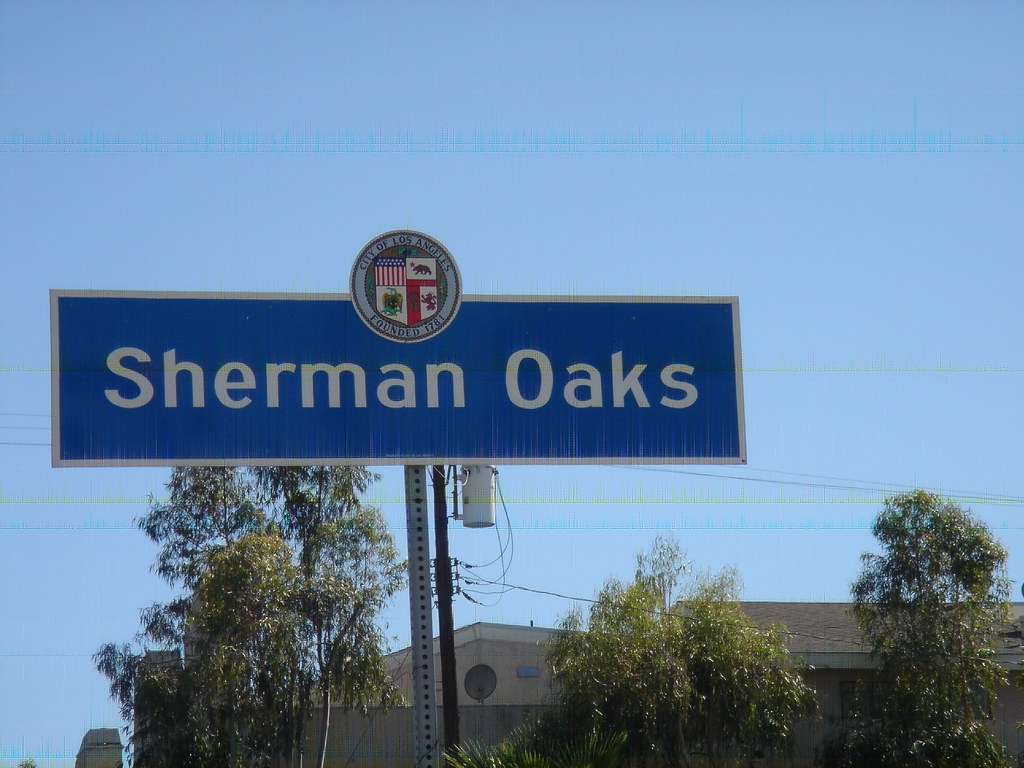Architectural Design firm with 100+ projects built!
Specializing in the following
Sherman Oaks, CA
About the City
Sherman Oaks is a neighborhood located in the San Fernando Valley region of Los Angeles, California. It was established in the late 1920s and has since grown into a bustling urban neighborhood. The population of Sherman Oaks is approximately 65,000 people. There are approximately 26,000 households in Sherman Oaks, with a mix of single-family homes, apartments, and condominiums.
Sherman Oaks is known for its upscale shopping and dining options, with several boutiques, restaurants, and cafes lining Ventura Boulevard, the neighborhood’s main thoroughfare. The neighborhood is also home to several parks, schools, and community centers, making it a popular destination for families. Sherman Oaks is known for its convenient location, with easy access to major freeways and public transportation, making it a desirable place to live for commuters.


Architects in Sherman Oaks, CA
Known for their ability to create stylish and modern designs that cater to the neighborhood’s upscale and trendy vibe. They often incorporate elements of contemporary and mid-century modern styles, as well as innovative and sustainable design practices, to create homes that are both aesthetically pleasing and environmentally friendly. Sherman Oaks architects are also known for their attention to detail and use of high-quality materials, creating homes that are luxurious yet functional. Overall, architects in Sherman Oaks are celebrated for their creativity and their ability to create homes that reflect the neighborhood’s chic and sophisticated atmosphere.
What to Expect
The majority of architectural styles in Sherman Oaks, CA, can be described as a mix of mid-century modern and contemporary styles. These styles often feature clean lines, open floor plans, and large windows, reflecting the neighborhood’s modern and upscale character. Additionally, there are also examples of Spanish Colonial Revival, Mediterranean, and Ranch-style homes, adding to the architectural diversity of the area.








